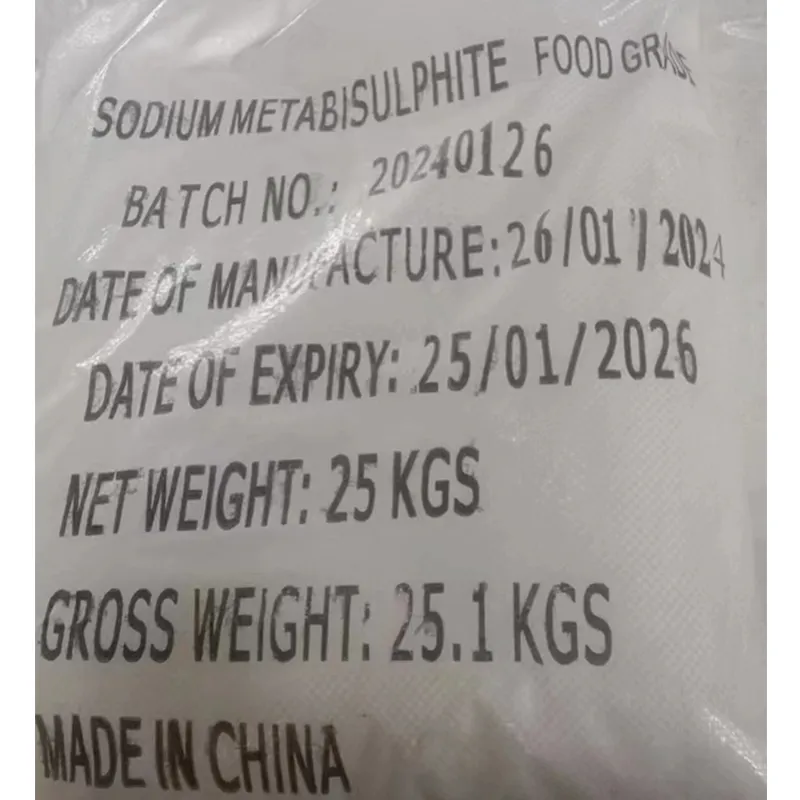
Exploring Natural and Synthetic Coloring Agents in Food Products for Enhanced Appeal
Coloring Agents in Food Understanding Their Role and Safety
Coloring agents in food, often referred to as food colorings, have played a significant role in the culinary world for centuries. These additives enhance the appearance of food, making it more appealing and palatable. The use of food colorings can be traced back to ancient civilizations, where natural dyes sourced from plants, minerals, and even insects were employed to brighten the colors of food, making meals not only more visually enticing but also culturally significant.
The Types of Coloring Agents
Food colorings can be broadly categorized into two types natural and synthetic. Natural colorings are derived from various sources such as fruits, vegetables, and spices. For instance, beet juice imparts a vibrant red hue, while turmeric provides a striking yellow color. These natural alternatives are often perceived as healthier and safer by consumers, as they are less likely to elicit adverse reactions.
On the other hand, synthetic coloring agents, such as Red 40, Yellow 5, and Blue 1, are produced in laboratories. They are often more vibrant and can be used in smaller amounts to achieve the desired color, making them popular in the processed food industry. These artificial additives are subject to rigorous testing and regulatory standards, ensuring their safety for consumption.
The Importance of Coloring Agents
The primary purpose of food coloring is not merely aesthetic; it also serves practical functions. For instance, colorful foods are often associated with freshness and quality. In a competitive marketplace, the visual appeal of a product can significantly influence consumer choices. Moreover, food coloring can help restore color lost during processing or cooking, ensuring that the product retains its intended appearance.
coloring agents in food

Coloring agents are also essential in various culinary traditions. Certain dishes are associated with specific colors that hold cultural significance. For example, the use of saffron in Mediterranean cuisines not only colors dishes beautifully but also imparts a unique flavor. In Asian cuisines, colorful decorations made with food coloring often play a crucial role in festive celebrations and traditional ceremonies.
Safety Concerns and Regulations
While coloring agents enhance food appeal, their safety has been a topic of extensive research and debate. Concerns have been raised regarding potential allergic reactions, hyperactivity in children, and other health issues linked to synthetic colors. In response, various regulatory bodies, including the European Food Safety Authority (EFSA) and the U.S. Food and Drug Administration (FDA), have established guidelines and reviews for the use of food colorings.
Natural colorings are generally regarded as safe, but they too can cause allergic reactions in sensitive individuals. It is crucial for consumers to read labels carefully and be informed about the ingredients in their food. The growing demand for transparency in food labeling has prompted many manufacturers to replace artificial colorings with natural alternatives, a trend supported by health-conscious consumers.
The Future of Food Coloring
As consumer awareness about health and nutrition continues to rise, the food industry is undergoing a transformation. There is an increasing shift towards using natural coloring agents, driven by a desire for cleaner labels and less processed foods. Innovations in food technology are paving the way for the development of new natural dyes that are both effective and safe.
In conclusion, coloring agents in food play a vital role beyond mere aesthetics. They enhance the visual appeal of food, contribute to cultural practices, and support product marketing. However, the safety of these agents remains paramount, requiring continuous scrutiny and regulation. As we move towards a more health-conscious era, the trend towards natural colorings is likely to grow, reflecting our collective commitment to health, safety, and sustainability in the food we consume.
-
Why Glacial Acetic Acid Food Grade Is Essential in FlavorNewsMay.26,2025
-
Surging Export Growth of Food Additives in ChinaNewsMay.26,2025
-
How Ammonium Nitrate Fertilizer Boosts Crop YieldsNewsMay.26,2025
-
How 1,2,3-Benzotriazole Shields Plastics from UV DegradationNewsMay.26,2025
-
Cyanide in Gold Mining: Protecting People and the PlanetNewsMay.26,2025
-
Aluminum Hydroxide in Modern Sunscreen FormulationsNewsMay.26,2025
-
Understanding Synthetic Rubber OptionsNewsApr.27,2025
Hebei Tenger Chemical Technology Co., Ltd. focuses on the chemical industry and is committed to the export service of chemical raw materials.
-

view more DiethanolisopropanolamineIn the ever-growing field of chemical solutions, diethanolisopropanolamine (DEIPA) stands out as a versatile and important compound. Due to its unique chemical structure and properties, DEIPA is of interest to various industries including construction, personal care, and agriculture. -

view more TriisopropanolamineTriisopropanolamine (TIPA) alkanol amine substance, is a kind of alcohol amine compound with amino and alcohol hydroxyl, and because of its molecules contains both amino and hydroxyl. -

view more Tetramethyl Thiuram DisulfideTetramethyl thiuram disulfide, also known as TMTD, is a white to light-yellow powder with a distinct sulfur-like odor. It is soluble in organic solvents such as benzene, acetone, and ethyl acetate, making it highly versatile for use in different formulations. TMTD is known for its excellent vulcanization acceleration properties, which makes it a key ingredient in the production of rubber products. Additionally, it acts as an effective fungicide and bactericide, making it valuable in agricultural applications. Its high purity and stability ensure consistent performance, making it a preferred choice for manufacturers across various industries.











